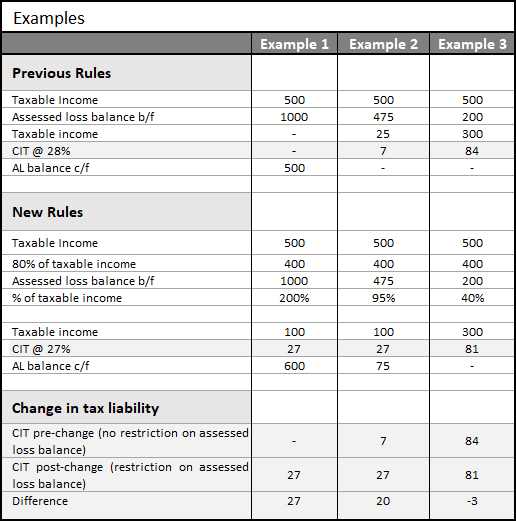How to Prepare for and Manage a Business Crisis

“When written in Chinese, the word ‘crisis’ is composed of two characters. One represents danger and the other represents opportunity.” (John F. Kennedy, 35th U.S. President)
When people hear the term “crisis management” they immediately picture a PR team in front of the media defending a company from an unpredictable disaster, but crises that close down businesses are seldom unpredictable and even those that come out of the blue don’t need to close a company down. Here are 6 things you will need to do if you want to avoid a crisis from closing your business.
Be Prepared! Set up a crisis management plan
The first step to handling any crisis is being prepared to accept that a crisis is possible and having a plan in place for how you will handle it. This plan should attempt to anticipate any future crises and should look at the best possible way to resolve them. Throw the net wide and try to come to terms with all the things that could potentially go wrong and then develop step-by-step plans for overcoming those things.
The plan should include important aspects such as budgeting for costs and employee time should a crisis arise. This will allow you to at least have the resources available to handle the crisis correctly, something which is even more important should your company be small or relatively new.
If for instance you are releasing a new product in the near future, have your accountants run the numbers on recalls vs repairs and the costs of PR and marketing around potential problems. This will help you to make quick decisions should something actually go wrong.
The other important aspect of a crisis management plan is determining which of your employees will make up the crisis management team. The primary role of your crisis management team is to assess the situation and implement your plan. Strategic thinkers are especially useful in this situation, as is an empathetic team leader with a proven ability to communicate effectively. If the budget allows, consider hiring a crisis management leader whose experience can guide the team in times of crisis. If none of this is within your scope, ask your accountant to assist or recommend a consultancy to do so and start to develop a relationship with them, so they are on hand if the worst does happen.
Regularly review your business plans and systems
Many crises, particularly those of a financial nature, arise because companies have become complacent in their business practices and plans. Going back and looking at the way you are doing things is an important part of avoiding future errors. Just because something has worked in the past, doesn’t mean it still works.
These reviews should specifically look at where your company stands using simple financial, cashflow and product quality milestones and then compare your company with its competitors. Are you getting ahead or sliding behind? What changes have occurred in the industry or in technology, which may assist you to do things in a more streamlined fashion?
How does your business plan describe your business? Is it still relevant in today’s environment or are new products, services or the convergence of technologies threatening to make your operations and products obsolete? Think of Polaroid, telex and then fax machines and so on.
If you find you are stagnating or falling behind your competition then that’s a strong sign that your plans or systems may be obsolete and in need a bit of a shakeup. The best way to avoid going bankrupt in a crisis is to stop yourself from having one entirely.
Lean on others
With your plan in place, once a crisis does hit it’s important you follow the plan. This will often mean leaving things in the hands of your crisis management team, or the company you have agreed to bring in for the crisis. As CEO or company founder it can be tempting to take control yourself but getting through a crisis will require all hands on deck, working together collaboratively. Your role is then not to do everything yourself, but to rather help co-ordinate the important people and get them working together.
This may be easier than it sounds though. Making sure your team is willing and ready to do whatever is necessary in a crisis begins long before the crisis itself. The crisis is just where you cash in on all the goodwill you have built up with your employees over time. If you have looked after your employees, treated them fairly and built a reputation as a trustworthy and fair leader then there is no doubt they will be ready to help you in your time of crisis.
Communicate clearly
Communication with all stakeholders is going to be one of the most important pillars when it comes to getting you out of your crisis. Being able to clearly define what is happening and the path to fixing it to your employees, customers and other interested parties such as the media is critical if you hope to undo, or at least mitigate, the damage that has been done. The last thing a company needs in a crisis is leadership that goes silent.
If you discover that a crisis is imminent it’s important that you face it head on, and immediately send out communication that acknowledges the crisis and explains that you are working on solutions and workarounds. This will show nervous clients and employees that you are in charge of the situation and are taking care of it, giving everyone a sense of important calm. This gives the public a sense of trust in you and your company, which will be important to weathering this storm.
If you are required to make a statement, keep that statement simple. There is no point flooding the market with information or excuses. Always focus on acknowledging the problem, apologising for it, if appropriate, and then on what is being done to fix it. This gives a sense that the worst is behind you and the problem is being actively addressed.
Be decisive
In times of crisis people look to those in charge for leadership. This will require making hard decisions and doing so quickly. This is partly where your crisis management plan comes in, as it allows you to make these decisions with the most important information on hand. It’s far easier to explain where the company will find the money it needs if the money is already set aside and your accountants have analysed exactly which aspects of the business are most likely to survive cutbacks.
If one particular person was responsible for the crisis (say by slandering clients in the media) decisive action needs to be taken to remove that person from their position. Leaders cannot allow sentiment and emotion to dictate their actions at this stage. This is most important in the early days of the crisis when the public, essentially your customers, clients, financiers and suppliers, may demand to see that you are doing something positive to manage the situation.
Be prepared to change everything
While planning is extremely important, no plan can cover all contingencies. Your plan should identify potential actions, but it should not make those actions prescriptive. Allowing your team to adapt the plan as opportunities and good ideas arise will make the plan fit better to the crisis you are in and strengthen the outcome. At the end of the day, every organisation and every crisis is different, but historically the companies that fare the best are the ones that have a plan and the right people backing it.











